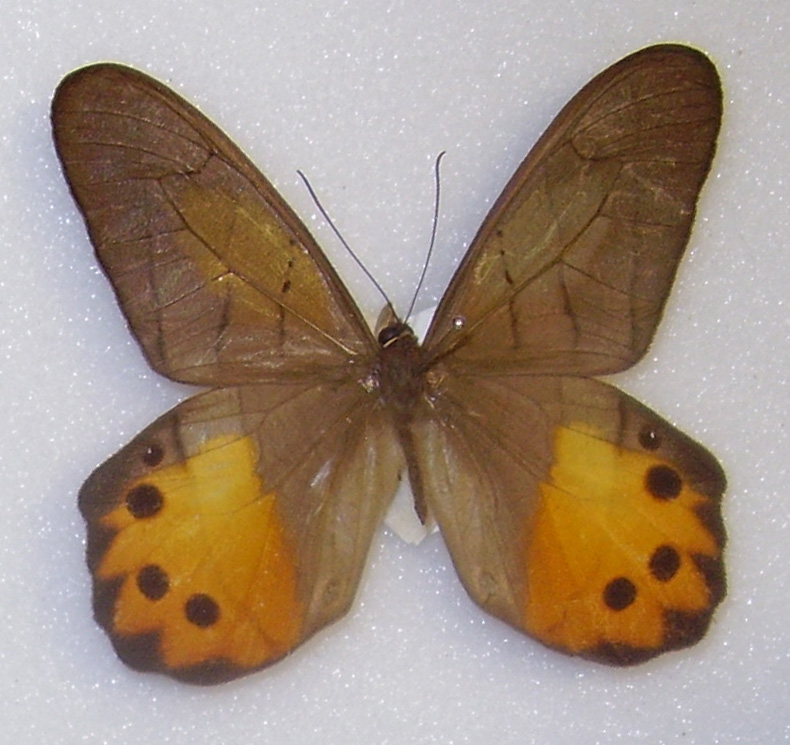- Webster Telephone Exchange Building
Infobox_nrhp | name =Webster Telephone Exchange Building
nrhp_type =

caption = The Webster Telephone Exchange Building, the home of the Great Plains Black History Museum.
location=Omaha, Nebraska
lat_degrees = 41
lat_minutes = 16
lat_seconds = 52.51
lat_direction = N
long_degrees = 95
long_minutes = 56
long_seconds = 43.55
long_direction = W
locmapin = Nebraska
area =
built =1907
architect= Kimball,Thomas R.
architecture= Tudor Revival, Other
added =December 05 ,1977
governing_body = Private
refnum=77000829cite web|url=http://www.nr.nps.gov/|title=National Register Information System|date=2007-01-23|work=National Register of Historic Places|publisher=National Park Service]The Webster Telephone Exchange Building is located at 2213 Lake Street in
North Omaha, Nebraska . It was designed by well-known Omaha architect Thomas R. Kimball. After theEaster Sunday Tornado of 1913, the building became a center of recovery operations.American Bell donated the building to theUrban League in 1933. The 33-room building is closely associated with Omaha's black history, serving as a home to Omaha'sUrban League and its leaderWhitney Young . [Curtis, N.C. (1996) "Black Heritage Sites: An African American Odyssey and Finder's Guide." ALA Editions. p 498.] In 1976 it was converted for use as theGreat Plains Black History Museum . The building was listed on theNational Register of Historic Places in 1977 and also designated a landmark by the City of Omaha. [ [http://www.ci.omaha.ne.us/landmarks/designated_landmarks/landmarks/45/Default.htm "Webster Telephone Exchange Building"] . City of Omaha Landmark Heritage Preservation Commission. Retrieved 8/15/07.]History
The Webster Telephone Exchange building was built in 1906. It is a modified
Tudor-style building designed by famed architectThomas Kimball for theNebraska Telephone Company . The building was a central headquarters after theEaster Sunday Tornado of 1913. Telephone operators stayed at their stations during the tornado, and despite shards of glass and reports of mass calamity, continued service immediately afterwards. [ [http://www.usgennet.org/usa/topic/preservation/nature/disaster/chpt18.htm "Omaha's Terrible Evening: Tragic Story of America's Greatest Disaster"] ] Victims from the nearby central business district ofNear North Omaha were brought to the building, as well. [(n.d.) [http://www.omahapubliclibrary.org/earlyomaha/tornadoes/1913_tornado_1.html "1913 Easter Sunday Tornado"] , Omaha Public Library]In 1933 the building was donated to the Omaha chapter of the
Urban League for use as the Mid-City Community Center. Serving the Near North Side neighborhood, the community center had a library, nursery, dental and medical clinics, and classrooms. National civil rights leaderWhitney Young kept his offices there in the 1940s. The center was moved in 1956, after which the building was converted to apartments. During the 1960s it was used as the headquarters of Great Omaha Community Action. The building was donated for use as the Great Plains Black History Museum in 1975. [Landmarks, Inc. (2003) "Building for the Ages: Omaha's Architectural Landmarks", Quebecor Books. p 112.]The building was added to the
National Register of Historic Places in 1977, in recognition of its architectural and historic significance. It was closed in 2001 and renovated with a new roof and other additions in 2004. [ [http://media.www.unogateway.com/media/storage/paper968/news/2004/02/17/People/Black.History.Museum.Closes.For.Renovation-2547694.shtml Crystal Reid, "Black history museum closes for renovation"] , "The Gateway", 17 Feb 2004, University of Nebraska-Omaha, accessed 7 Jul 2008]References
ee also
*
History of North Omaha, Nebraska
*Landmarks in North Omaha, Nebraska External links
* [http://www.nebraskastudies.org/historyimg/blackhistorymuseum.jpgModern photo of the Great Plains Black Museum]
Wikimedia Foundation. 2010.
